India tour of Bangladesh, ODI Series 2022-23, Top Takeaways: India seek expressive batting from top and middle order. India lost three-match ODI series to Bangladesh by 2-1 margin.
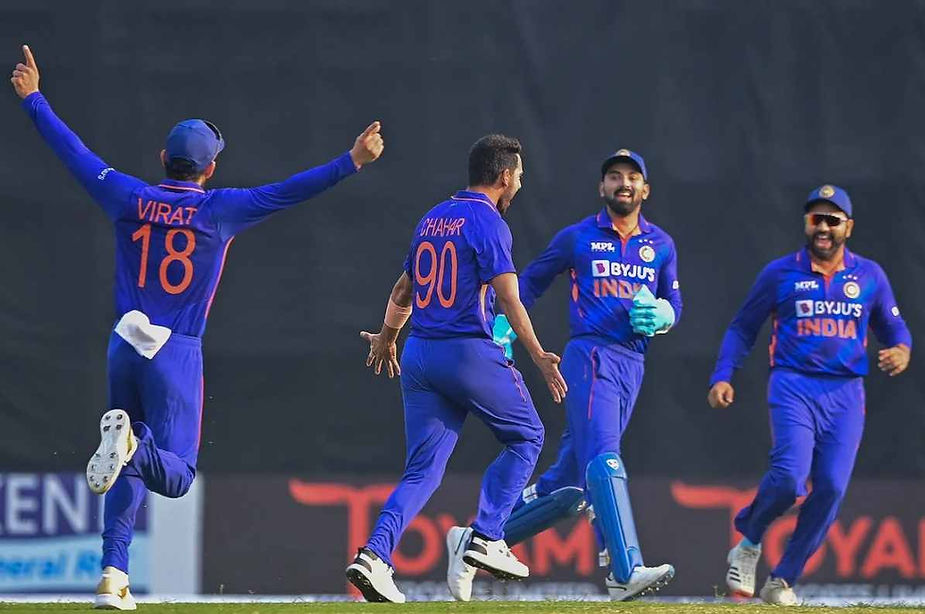
Before the start of the three-match One Day International (ODI) series against Bangladesh, India were expected to have a cakewalk against the hosts with the senior players back in the team, besides the presence of some young bowlers in the mix. But the home side under a new captain, Litton Das blew away India in the first couple of games at the Shere Bangla National Stadium in Mirpur.
Even though the demoralised tourists, thanks to some lightning batting from Virat Kohli and Ishan Kishan, saved themselves from ‘Banglawash’ during the final game of the series at the Zahur Ahmed Chowdhury Stadium in Chattogram on Saturday, India have lots of questions to answer before hosting the upcoming ICC Men’s ODI World Cup 2023.
Let’s take a look at a few takeaways from the recently concluded ODI series where Bangladesh won a successive home ODI series against India after seven years, by a margin of 2-1.
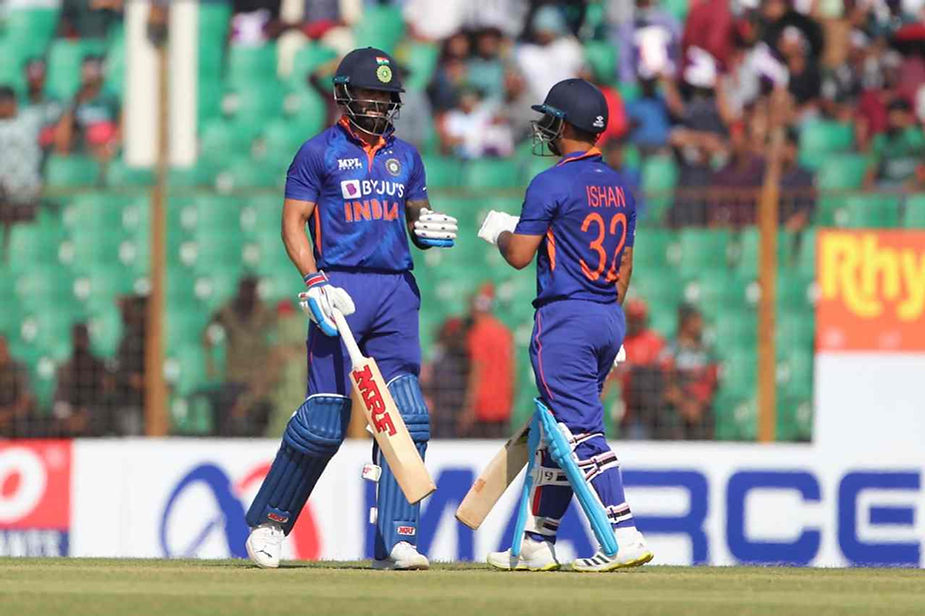
India seek expressive starts from top order
India seems to be lacking some fire at the top order in providing them a good platform to put up a winning score. The game has changed a lot in the last few years and any score under 300 in most cases in the 50-over game is highly achievable. The fair example of this scenario is England where the top three batters always look for boundaries from the very first over to put the opponents under pressure straightaway, and the results have shown how great a side they have become in the recent years.
In contrast, in the 24 innings India have played in 2022, they have scored at a run rate of just 4.83 in the first ten overs, while England who after their horrible 2015 ODI World Cup have changed their whole structure of playing the ODI form of the game. The Three Lions have scored at a run rate of 5.58 in the same period in 11 innings. Last year, England were scoring at 7.12 rate in the first 10 overs of the ODI game.
It’s time for India to change their old school mindset of starting slowly and then trying to express at the backend; the issue of these tactics are that after playing a certain amount of deliveries, the moment the set batter gets dismissed, the whole pressure gets upon the next batter. Also, persistence with the opening combination of Shikhar Dhawan and Rohit Sharma may need to be reviewed.
The way Ishan Kishan played, coming during the third ODI of the series against Bangladesh as the injury replacement of Rohit Sharma, was the exact way the whole top order requires to adapt. Even after an early wicket loss, Kishan kept on nailing the big shots which eventually helped him in scoring the fastest ever ODI double century, in the 35th over of the game as India posted 409 on the board.
So, India should look to give chances to more of these sort of players who without much fear can look to smash the ball from the very first over of the game.
Read More: BAN v IND, 3rd ODI, 2022-23: Fastest ODI double ton by Ishan & Virat’s 72nd ton ravage Bangladesh
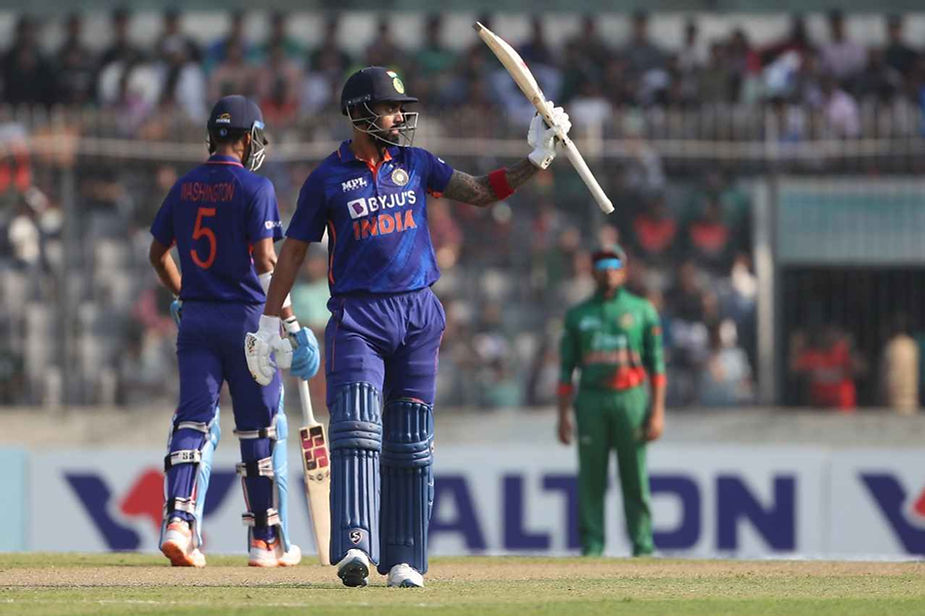
Middle order too needs to carry on with the same positive mindset
When the top order keeps on scoring at a high rate in the first ten overs, the middle order too needs to give them support with the same mindset. India seem to slow down a little in the middle overs when the spinners come on or when a new batter makes their way in the middle.
In the 24 ODI innings in this year, India have scored at a run rate of just 5.80 during the 11th over to 40th over, while England have kept the same intensity in the middle period scoring at a rate of 6.11 in 2022. That allows them to keep the pressure on the opponents throughout the 50 overs.
What India also need to do is settling their middle order in the upcoming few series and giving them a long run; the likes of Hardik Pandya, Ravindra Jadeja and Washington Sundar or Axar Patel need to play a lot more games at least in the 50-over format. Sundar has been in excellent touch since making his way into the team after the injury layoff.
India should be mindful about their experiment and the batters coming in the middle order should also look to be fearless rather than being conservative and that’s where the selection of the right players will be key.
Undoubtedly, they will look to respect the conditions; if India lose 3-4 quick wickets, they can look to take some time but in most of the cases, they should look to be aggressive and play their natural game.
Read More: Kishan converts 1st ODI ton into double hundred; Kohli now 2nd only to Sachin in overall tons (72)
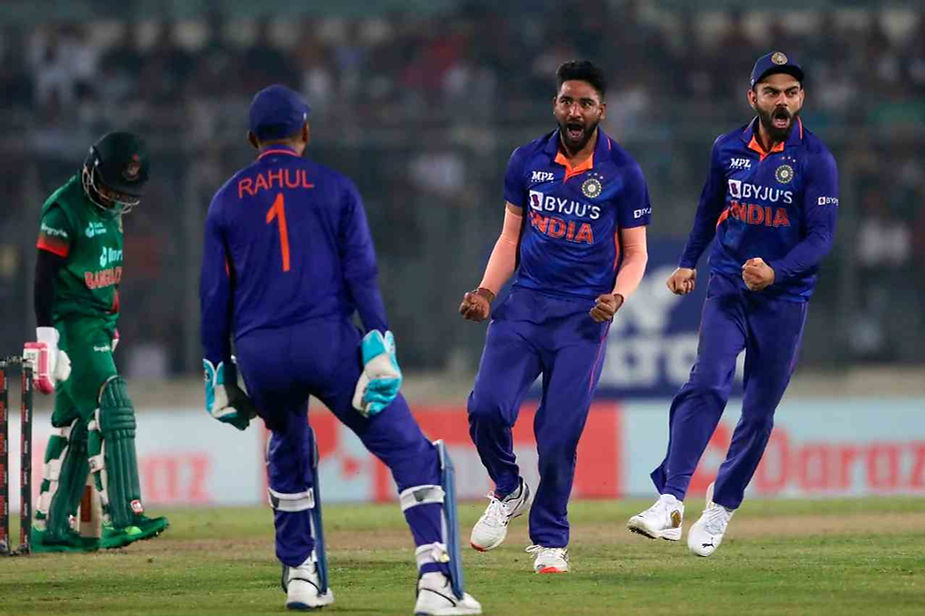
Wise tactics with more experience will benefit the bowling department
India didn’t have a great year with the ball in hand but their issue seems to be the same from the past years. They dismiss the top order cheaply, but end up searching for answers against the middle and lower order.
In the series opener of the Bangladesh series, defending 186, India had reduced the hosts to 136 for 9, before Mehidy Hasan Miraz scripted a miraculous narrow one-wicket victory. The agony didn’t stop there as a couple of days later, the visiting side again had Bangladesh at 69/6, before the same batter from the last game rescued his side with a sensational century. The twin failures in successive games have put some questions over the tactics and strategies of India who are without their main bowlers – Jasprit Bumrah, Mohammed Shami and Ravindra Jadeja.
The middle overs of the ODIs – overs 11 to 40 – have been a real issue for India as they have the worst economy rate in the phase since the start of 2020 – 5.56 – as compared to New Zealand’s 4.92. Even for the ODIs at home in the same period, their economy of 5.76 in the middle overs is only better than England and South Africa.
“From 70/6, allowing them to get 270-odd was not a great effort from our bowlers,” Rohit addressed the situation, stressing that they quickly need to focus on the match scenario and give specific roles to the individuals.
“We started off really well, and the middle overs and the back end is something that is hurting a little bit.”
Since 2020, Mohammed Siraj with an economy of 4.89 leads the way in the middle overs and is followed by Prasidh Krishna (5.14), Avesh Khan (5.26) and Bumrah (5.34). But with every passing series, India’s concern over their bowling ceases to die.
Read More: BAN v IND, 2nd ODI, 2022-23: Mehidy’s 100* & 2 crucial strikes hand Ban 2nd series win against Ind
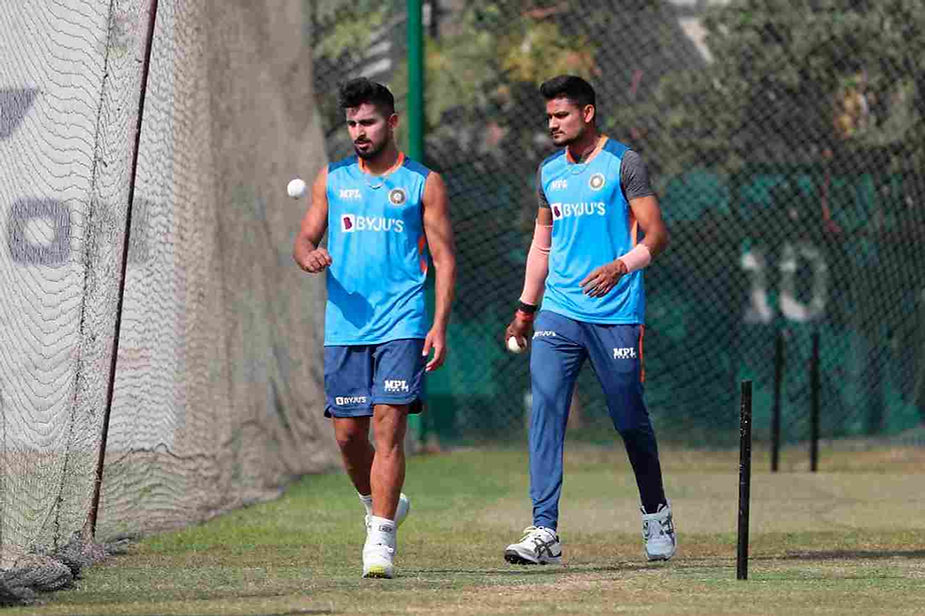
Focus needs to be there on managing pacers
The new concern for India has been managing the pacers, who after playing just a couple of game are falling apart. Deepak Chahar who was at the National Cricket Academy (NCA) in Bangalore for a good amount of time in the last few months broke down again after bowling just 11 overs in two games of the series. Injured Kuldeep Sen too was needed to be flown back home after his debut game.
“I mean there are definitely a few injury concerns; we need to try and get to the bottom of it; I don’t know what exactly it’s but maybe they’re playing too much cricket,” a frustrated Rohit Sharma was quick to cut a sorry figure. “We need to try and monitor those guys because it’s important to understand when they come for India, they need to be a 100 per cent, in fact more than 100 pc.”
No team can afford to have injuries in their team set-up at any stage. These injuries disturb the whole planning of a team and India seem to have been demolished by this issue a little too much. The NCA along with the administration need to take care of the situation quickly.
India will now play their next ODI series during their home season when they will take on Sri Lanka in a three-match ODI series starting on January 10 at the Barsapara Cricket Stadium in Guwahati.
Read More: How India shape up with ICC Men’s ODI World Cup 2023 less than a year away

